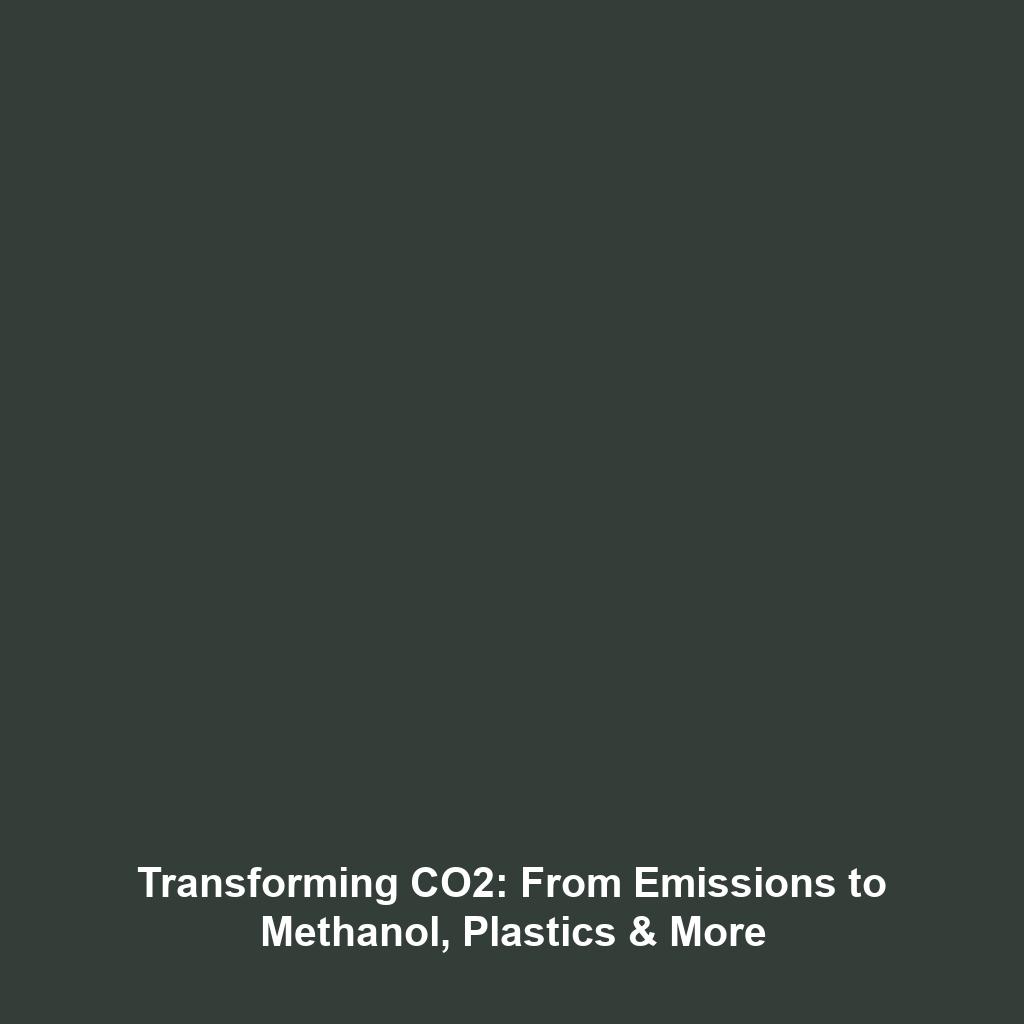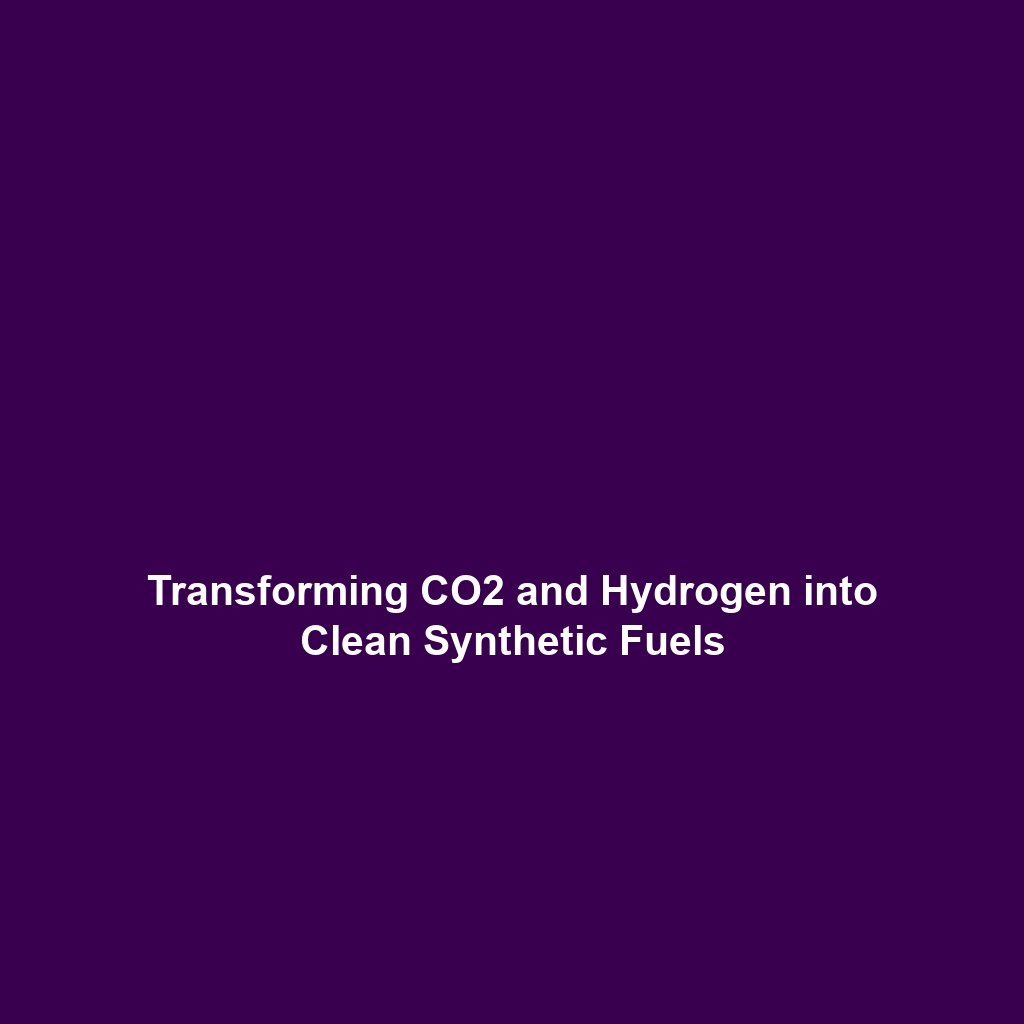Post-Combustion Capture: Retrofitting Existing Facilities for Carbon Capture & Storage
Introduction
Post-combustion capture (PCC) is rapidly emerging as a viable solution within the realm of Carbon Capture & Storage (CCS). This innovative approach allows for the retrofitting of existing fossil fuel power plants and industrial facilities, addressing the critical need for carbon emissions reduction. Utilizing PCC, facilities can significantly decrease their CO2 output while continuing to operate, making it a key player in the global efforts to combat climate change. Given the urgency of addressing greenhouse gas emissions, the adaptability of post-combustion capture is vital, offering a pathway to cleaner energy production and enhanced environmental sustainability.
Key Concepts
The essence of post-combustion capture revolves around the removal of CO2 from exhaust gases produced during combustion processes. This technology hinges on several key principles:
- Absorption Process: The most common method employed in PCC is chemical absorption, where CO2 is selectively absorbed by a solvent, typically amines.
- Integration with Existing Infrastructure: PCC systems can be integrated into current operations, minimizing the need for new facilities and thus lowering capital expenditure.
- Efficiency and Performance: Advances in solvent technology have improved the efficiency of CO2 capture, making the process more economically viable.
These concepts are central to understanding how post-combustion capture fits within Carbon Capture & Storage (CCS), serving as a crucial mechanism to mitigate carbon emissions from established sources.
Applications and Real-World Uses
Post-combustion capture has a wide array of applications in the field of Carbon Capture & Storage (CCS). Notable examples include:
- Power Generation: Traditional coal and natural gas plants can retrofit PCC systems to capture emitted CO2, significantly reducing their environmental footprint.
- Cement and Steel Production: Industries known for high emissions are exploring PCC to lower their impact, demonstrating how PCC is used in industrial processes.
- Waste-to-Energy Facilities: These plants can integrate PCC technologies to lower emissions while converting waste into power, showcasing the adaptability of post-combustion capture.
These practical applications highlight how post-combustion capture plays an essential role in evolving Carbon Capture & Storage strategies.
Current Challenges
Despite its potential, there are notable challenges in the implementation of post-combustion capture technology across facilities:
- High Operational Costs: Initial investment and operation costs can be substantial, discouraging some facilities from adopting PCC.
- Energy Penalty: The process can require significant energy input, potentially offsetting environmental benefits.
- Material Degradation: The corrosive nature of solvents used in PCC may lead to increased maintenance and replacement costs.
Addressing these challenges of PCC is critical for expanding its applicability in Carbon Capture & Storage (CCS).
Future Research and Innovations
The future of post-combustion capture is bright, with ongoing research aimed at overcoming current limitations. Innovations include:
- Advanced Solvent Development: Breakthroughs in low-energy solvents could reduce operational costs and enhance efficiency.
- Integration with Renewable Energy: Research is exploring how PCC systems can be run using renewable energy sources, further minimizing carbon footprints.
- CO2 Utilization: Future technologies may transform captured CO2 into valuable products, creating economic incentives alongside environmental benefits.
These prospective advancements are set to improve the efficacy and appeal of post-combustion capture in the quest for sustainable energy solutions.
Conclusion
Post-combustion capture represents a transformative opportunity for existing facilities aiming to enhance their environmental performance without substantial infrastructural changes. As a vital part of Carbon Capture & Storage (CCS), it holds promise for reducing global CO2 emissions. Stakeholders in the energy and industrial sectors should consider investing in this technology to align with future sustainability goals. For further exploration, check our articles on innovations in CCS and global policies surrounding carbon emissions.









